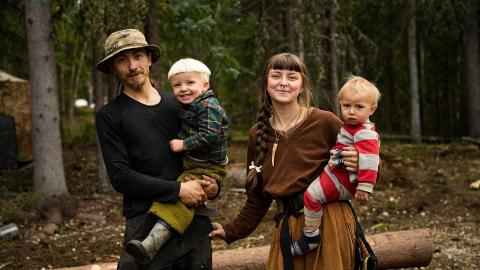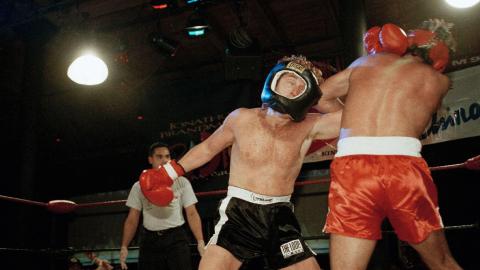Equidae Family
No hours wait him, Medal, Badge, or Star, Though scarce could war a kindlier deed unfold; He bears within his breast, more precious far, Beyond the gift of kings, a heart of gold.
The Soldier's Kiss, Henry Chappell (1874-1937)
For centuries man has looked to the aid of animals to assist them in the arena of warfare. Perhaps the most recognisable animal associated with warfare first walked onto the battlefield more than 4000 years ago; the horse. Used for their speed, strength and endurance, the horse quickly became a valuable wartime asset. In fact, the earliest training manual for war horses - a guide for training chariot horses - dates back to around 1350 BC. The ability to pull more than twice its own body weight has meant that horses have single handily moved and mobilised armies for thousands of years.
Their lives have been sacrificed time and time again in the name of war, from unflinchingly charging at canons during the Charge of the Light Brigade to hauling heavy artillery through the mud drenched grounds of WWI. This was recently remembered in Steven Spielberg’s epic film “War Horse” set during the Great War. It was to be the last war in which horses would feature so prominently as modern technology forced them from the battlefield, but not before great losses were incurred.
No longer carrying out their historical military roles, horses today are mainly used by the police to aid in law enforcement and public safety or for ceremonial purposes. It was in such a role that a Household Cavalry horse called Sefton captured the heart of a nation. Whilst riding to the traditional Changing of the Guard ceremony, an IRA car bomb was detonated at Hyde Park in July 1982, taking the lives of four British soldiers and seven horses. Without even throwing his rider, Sefton suffered a severed jugular vein, a damaged eye and 34 other wounds to his body. Enduring 8 hours of surgery, which at the time was a record length for horse surgery, Sefton went on to make a brave recovery and receive the Horse of the Year award in 1982. The donations that flooded in during his time of recovery went towards constructing a new surgical wing at the Royal Veterinary College which was named in Sefton’s honour.
After serving a total of 17 years in the British Army, Sefton finally retired in 1984 at the age of 21 to live the rest of his life in peace at the Home of Rest for Horses in Buckinghamshire. Sefton passed away in 1993 at the age of 30 but his memory lives on in the annual British Horse Society’s Sefton Awards, which is awarded to those people who have made outstanding contributions in the field of equestrian safety.
Other members of the equine family who should not be forgotten for their tireless dedication are donkeys and mules. These animals have both been used to pull or carry heavy loads to and from the battlefield for almost as long as the horse. Their incredible stamina and endurance in the most extreme climates and over the most difficult terrain has meant they have served on varying battlefields, from the freezing trenches to the searing heat of Gallipoli. In fact Gallipoli was the setting of one of the most famous animal related stories of the Great War.
Landing at Gallipoli in 1915, as part of the ANZAC forces (Australian and New Zealand Army Corps), John Simpson Kirkpatrick made use of a donkey to voluntarily carry wounded soldiers away from the front line and back to the beach for evacuation. Frequently, coming under threat from fire and shrapnel, Kirkpatrick and his loyal donkey Duffy, tirelessly went back and forth from the battlefield rescuing soldier after soldier. Kirkpatrick carried out this arduous task for over 3 weeks before he was shot and killed by Turkish machine gun fire whilst leading Duffy and a wounded soldier back to safety. Duffy, however, continued along the path that they had used so often, returning the wounded man back to where he could safely receive treatment. A statue now stands in their honour at the Australian War Memorial in Canberra, Australia.
Did you know?
It is estimated that eight million horses perished during the Great War alone, often suffering unimaginable deaths from disease, wounds or simple exhaustion.
















